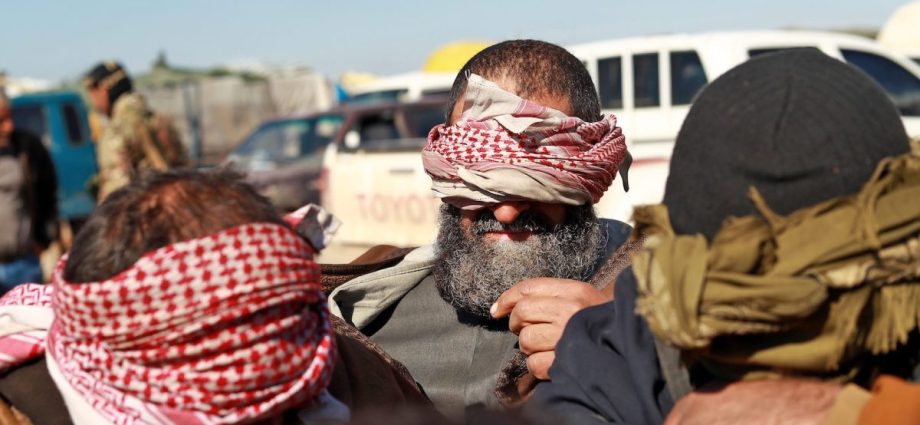
Islamic State (ISIS) has never shied away from bravado. Claiming attacks and an ability to storm capitals have been used to strike fear in enemies since it rose to prominence.
But a recent report suggests that the terror group has begun intentionally holding back from publicizing its own attacks, revealing internal tensions and a dynamic that policymakers leading the fight against ISIS need to consider.
On June 25, ISIS released a report on Telegram showcasing its military operations in Syria, particularly in Deir Ezzor and Daraa. What set this report apart from others was that several of the attacks had not been previously claimed by the group.
While the notion that ISIS underreports for security reasons the attacks it carries out is not new, another set of ISIS documents, allegedly leaked and published by an anti-ISIS outlet, further support this claim, indicating that it is not merely a self-serving narrative.
The leaked documents provide valuable insights into the decision-making behind claiming certain attacks and not others, as well as the resulting internal tensions within the group. It also shows that analysts relying solely on the number of claimed attacks will not get an accurate measure of a militant group’s strength.
Therefore, policymakers should exercise caution and take a comprehensive approach when assessing the group’s capabilities and the threat it poses.
The leaked documents were published by Fadh Ubbad al-Baghdadi and al-Hashimi on June 20 and June 21. The outlet – whose name means “Exposing the Worshippers” of the slain ISIS leaders Abu Bakr al-Baghdadi and Abu Ibrahim al-Hashimi al-Qurashi – is a pro-al-Qaeda, anti-ISIS account that posts comments and allegedly leaked internal communications from the group.
According to the documents, the ISIS media department is typically responsible for publicizing attacks. It receives local documentation and forwards it to the central division for publication.
However, the decision whether to publicize an attack rests with both senior media and military commanders, and local military leaders have the authority to veto publication if they believe it is against their interests.
The leaked documents also reveal contrasting perspectives between media and military commanders in Syria regarding which attacks should and shouldn’t be publicized. While some branches, such as Deir Ezzor, cooperate with media personnel, others, such as the Badia and Daraa branches, reject the idea of publishing attack claims.
The military leadership, particularly in those regions, reportedly enforces a media-silence policy for security concerns.
This divergence in views has resulted in internal tensions and disputes. Media officials critical of the de facto gag order argue that it is counterproductive, benefiting the group’s enemies and impeding propaganda efforts.
They contend that aside from failing to deter counteroffensives by enemies, publicizing ISIS activity would instill fear among “apostates” and potentially inspire similar attacks in Syria.
To bolster their argument, the media officials allegedly asked how the situation in Syria was any different from areas in Iraq where its fighters, despite facing intense military pressure, still issued attack claims.
ISIS has previously acknowledged its disclosure policy in its weekly newspaper, Al-Naba. In a March 16 article, the group claimed that it intentionally withholds some attack claims for operational reasons.
In a rare interview in July last year with the head of ISIS operations in Syria’s Badia – a vast desert region connecting Homs, Hama, Raqqa, and Deir Ezzor – a similar claim was made. The official said ISIS conducted a significantly higher number of attacks than it publicly acknowledged, indicating a strategy of selectively sharing, delaying or withholding information about attacks for operational reasons.
Interestingly, the commander cautioned supporters who might be excited about sharing news of the group’s attacks to refrain from doing so and strictly adhere to ISIS’ official claims.
It is important to acknowledge that ISIS’ narrative about media silence could be used to justify the notable decrease in the group’s reported attack figures. However, ISIS is not the only entity that has highlighted a strategy of underreporting.
The Rojava Information Center, which monitors ISIS attacks in areas held by the Syrian Democratic Forces (SDF), said the group is known to carry out unclaimed attacks in northeastern Syria.
The center also said that of the 285 attacks attributed to the group in 2022 by outside media, ISIS only claimed responsibility for 185.
This article was provided by Syndication Bureau, which holds copyright.

